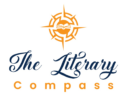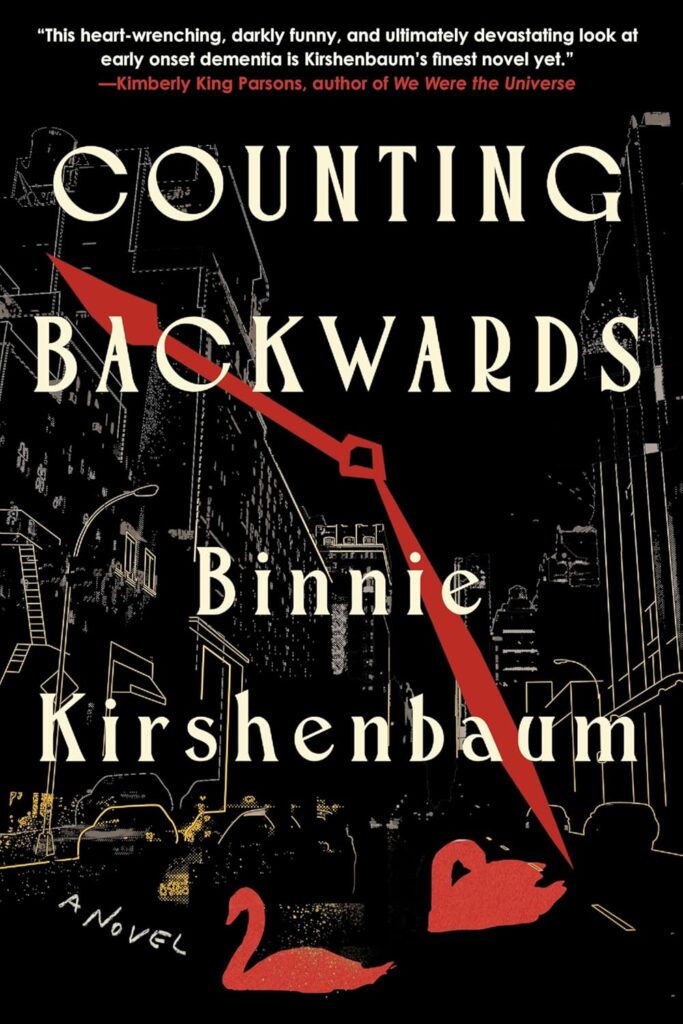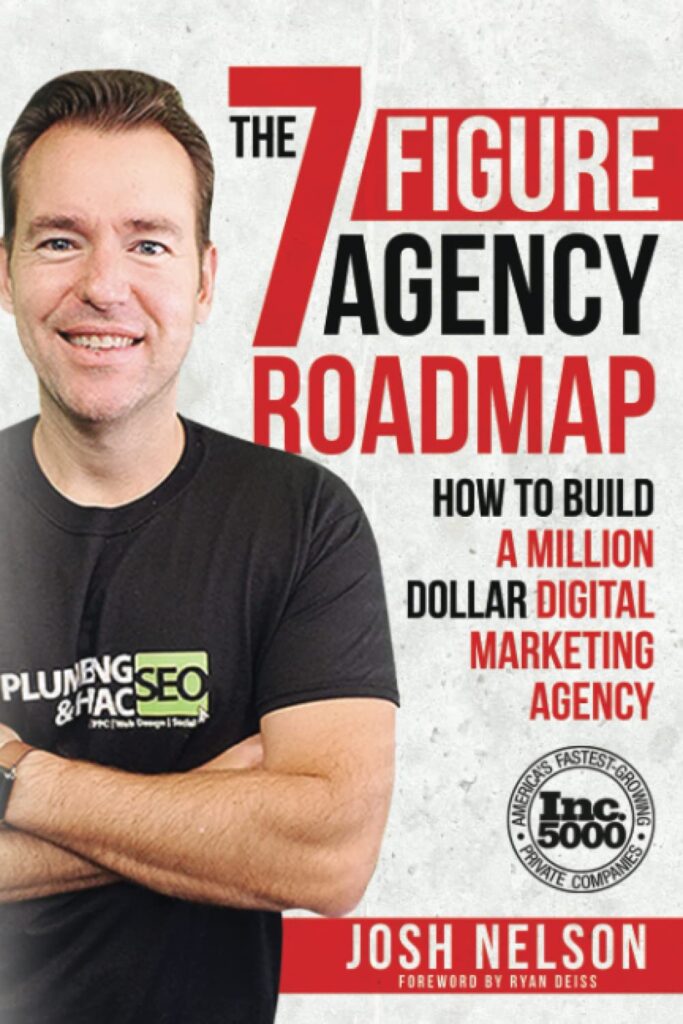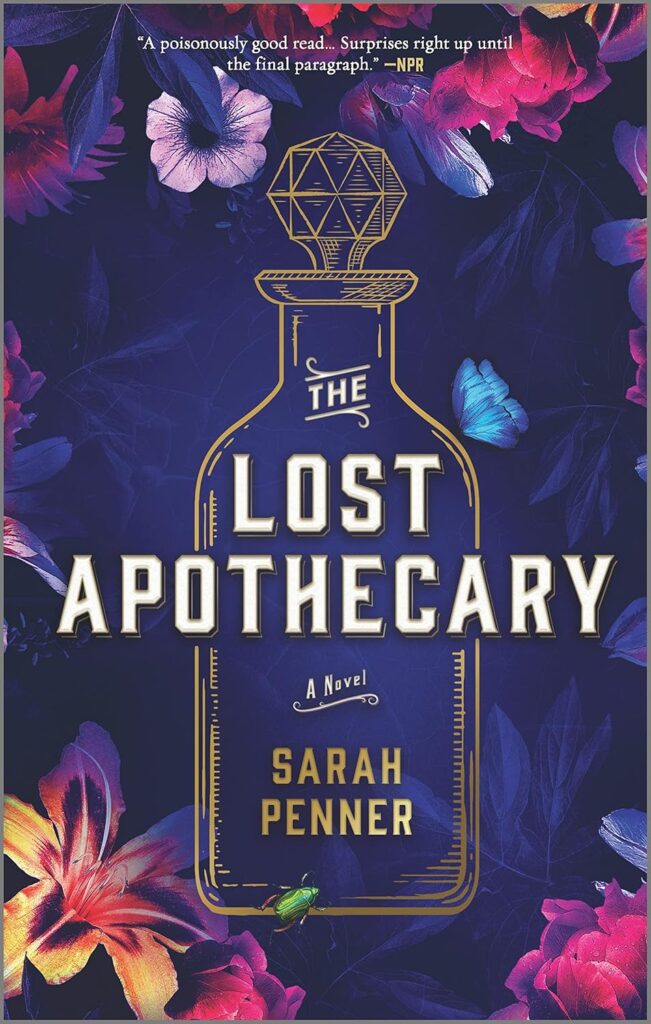Reading is something we do every day, but truly understanding what we read can be a challenge. Whether it’s a work report, a textbook, or even a personal development book, information can feel overwhelming if it doesn’t stick. The ability to comprehend and retain written material isn’t just helpful—it’s essential for making informed decisions and communicating effectively. This guide will tackle those common frustrations and share practical tips to help you read with confidence and clarity.
Why Reading Comprehension Matters
Strong reading comprehension is more than just understanding words on a page. It’s about connecting ideas, processing information, and applying what you’ve learned in the real world. Whether you’re reading to advance your career, solve a problem, or simply enjoy a novel, good comprehension shapes how effectively you engage with and use the material. Let’s look at why this skill is so important.
Enhancing Learning and Knowledge Acquisition
When you can truly understand what you read, learning becomes more efficient and meaningful. Strong comprehension allows you to retain information and make sense of complex ideas. Imagine trying to study for an exam without understanding the core concepts—it’s like trying to build a house without a solid foundation.
Good comprehension:
- Makes studying less stressful: You spend less time rereading and more time connecting ideas.
- Promotes self-education: You can absorb knowledge on any topic you choose, opening doors to personal and professional growth.
- Improves long-term memory: Understanding what you’ve read helps cement the information in your brain, making it easier to recall later.
Whether in school, work, or personal growth, reading comprehension ensures the effort you put into learning pays off.
Improving Decision-Making and Problem-Solving
The better you understand something, the easier it is to make informed choices. Comprehension helps you analyze situations, weigh your options, and avoid unnecessary mistakes. Think about reading a financial report or a set of instructions—if you miss key details, you could end up with errors that cost time or money.
Here’s how comprehension boosts decision-making:
- Clarity of information: You understand the key facts and can separate useful data from irrelevant details.
- Improved analysis: By grasping the big picture, you can evaluate potential outcomes more effectively.
- Faster problem-solving: Instead of struggling to make sense of written material, you can jump straight into finding solutions.
By improving the way you process information, reading comprehension makes your decisions smarter and your problem-solving faster.
Building Communication and Critical Thinking Skills
Understanding written material also enhances how you articulate your thoughts and ideas. When you comprehend a topic, you can discuss it clearly and confidently with others. This exchange of ideas builds stronger relationships and encourages collaboration.
Additionally, reading comprehension sharpens critical thinking. It teaches you to:
- Ask better questions: You can dissect arguments and evaluate evidence more effectively.
- Spot inconsistencies: Understanding a text makes it easier to notice errors, bias, or missing information.
- Write more persuasively: When you grasp a concept deeply, you can explain it in a way others find engaging and convincing.
Whether you’re writing an email, delivering a presentation, or debating ideas, comprehension gives you the tools to communicate effectively while thinking critically.
Strong reading comprehension is not just a tool for academics—it’s essential for thriving in every part of your life.
Common Barriers to Understanding Texts
Even the most motivated readers run into obstacles when trying to fully grasp what they’re reading. Sometimes, it’s not about the content itself but about the conditions and habits surrounding the reading process. Identifying these barriers is the first step in overcoming them and becoming a more effective reader.
Lack of Focus or Distractions
In today’s world, attention can feel like a rare commodity. With constant notifications and easy access to social media, focus often takes a backseat while reading. Have you ever tried getting through a page of text only to realize you retained nothing? That’s likely because your mind was elsewhere.
Distractions like smartphones, noisy environments, or multitasking compete for your brain’s limited energy. Even minor interruptions can break your concentration, forcing you to reread the same line multiple times. This lack of focus doesn’t just slow you down—it prevents you from understanding the material at a deeper level.
To combat this, it’s crucial to create a distraction-free zone while reading. Turning off notifications, setting boundaries with others, or using noise-canceling headphones can make a world of difference. It helps you give your full attention to the material in front of you, boosting comprehension and retention.
Vocabulary Limitations
Unfamiliar words can bring reading to a screeching halt. If a text is peppered with jargon, technical terms, or complex language, it’s easy to lose the thread of meaning. Think of it like hitting roadblocks on a highway—you’ll keep stopping and starting, making it hard to reach your destination.
Even everyday language can pose challenges if you’re not familiar with a word’s meaning or nuance. When you encounter an unfamiliar term, you might skim over it or guess at its meaning, which could lead to misunderstandings.
Building your vocabulary is like adding tools to your mental toolbox. Keeping a dictionary handy or using apps to look up words instantly can be a huge help. Over time, exposure to new words and their contexts will make difficult texts much easier to understand.
Complex Writing Structures
Not all writers follow the “keep it simple” rule. Some texts are dense, filled with long sentences or complex ideas that require careful parsing. Academic papers, legal documents, and literary works are common culprits. Without clear organization or logical flow, understanding the main message can feel like solving a puzzle without all the pieces.
Complex structures often bury key ideas beneath layers of detail, forcing you to sift through unrelated information to get to the point. Poorly written materials compound this problem, as unclear phrasing or verbose language increases mental friction while reading.
Breaking down long sentences into smaller chunks and jotting down summaries can help. It’s like untangling a knot: take it one strand at a time. Better yet, don’t hesitate to reread—sometimes, a clear picture only emerges after a second pass.
Reading Without Purpose
Reading aimlessly is like wandering through a forest without a map: it’s easy to get lost. If you don’t approach a text with a goal in mind, it’s hard to filter out what’s important versus what’s just noise. This often leads to shallow engagement with the material, where you might read every word but fail to connect the ideas.
Think about why you’re reading in the first place. Are you looking for specific information, trying to solve a problem, or just enjoying yourself? Knowing your intent helps you focus on the parts of the text that matter most. For example, if you’re skimming for instructions, there’s no need to get bogged down in background details.
Before diving in, consider writing down your purpose. Do you want to learn, answer a question, or simply relax? Having a clear direction helps focus your energy, making the reading process more productive and rewarding.
Techniques to Improve Reading Comprehension
Improving reading comprehension isn’t just about reading more—it’s about reading smarter. By using specific strategies, you can train your brain to process and retain information more effectively. Whether you struggle with focus, feel overwhelmed by dense texts, or simply want to get more out of what you read, these techniques can help.
Active Reading Strategies
Engaging with the text is key to understanding it. Passive reading—just scanning words on a page—rarely leads to strong comprehension. Instead, try active reading strategies that draw you into the material.
- Highlight key ideas: Use a highlighter or pen to mark important points or phrases. This not only emphasizes what matters but also makes reviewing easier later.
- Annotate as you go: Write notes in the margins or use sticky notes to summarize ideas, ask questions, or jot down thoughts. It’s like having a conversation with the text.
- Ask yourself questions: Pause periodically and think, “What’s the main idea here?” or “How does this apply to me?” Questions keep your brain engaged and actively processing the content.
Active reading doesn’t just help you understand better—it transforms reading from a chore into a learning experience.
Breaking Down Complex Texts
Dense material can feel intimidating, but the key is to simplify it into manageable pieces. Think of it like eating a large meal; you don’t take it all in at once—you take bites.
- Summarize paragraphs: After reading a paragraph or section, stop and summarize it in your own words. What was the main point? This helps solidify the information in your mind.
- Chunk the text: Break long passages into smaller sections and tackle one at a time. This prevents overwhelm and helps you focus on understanding each part.
- Create outlines or diagrams: Visual aids like bullet-point lists or flowcharts can help organize complex ideas. Seeing the connections visually often makes the information feel less daunting.
Tackling texts this way ensures you absorb the material rather than feeling lost in a sea of words.
Expanding Vocabulary
Words are the building blocks of comprehension. The more words you know, the easier it is to grasp meaning without getting stuck. Expanding your vocabulary doesn’t have to feel like homework, either.
- Read widely: Exposure to a variety of topics and writing styles naturally introduces you to new words.
- Keep a vocabulary journal: Jot down unfamiliar words as you encounter them. Look up their meanings and revisit the list regularly to reinforce your memory.
- Learn through context: Instead of running to a dictionary for every unknown word, try to figure out its meaning based on how it’s used in the sentence.
Improving your vocabulary is like upgrading your toolkit—it equips you to handle any text with confidence.
Improving Focus and Minimizing Distractions
It’s hard to absorb anything if you’re constantly battling distractions or zoning out. Your environment and habits play a huge role in how well you understand what you read.
- Choose the right spot: Find a quiet place where interruptions are unlikely. A clean, uncluttered area sets the tone for concentration.
- Limit digital distractions: Turn off notifications, close irrelevant tabs, and put your phone out of sight. Even a quick check of social media can break your flow.
- Read in chunks: Instead of trying to power through long reading sessions, break them into smaller time blocks, like 25–30 minutes, with short breaks in between.
When you minimize distractions and set the stage for focus, you give yourself the mental clarity needed to absorb information.
Setting a Purpose for Reading
Going into a text without a purpose is like trying to drive without a destination—you’ll waste time and energy. Having a clear goal helps you stay engaged and filter out irrelevant details.
- Define your purpose: Ask yourself, “Why am I reading this?” Do you need to learn something specific, solve a problem, or just enjoy the content?
- Adjust your reading style: Your goal should influence how you read. If you’re skimming for details, you’ll approach the text differently than if you’re deeply analyzing an argument.
- Stay outcome-focused: Regularly check if the material is answering your questions or meeting your goal. If it’s not, adjust your approach or seek additional sources.
Setting a purpose turns reading into a deliberate act rather than a passive one, ensuring you get the most out of your time and effort.
Practicing Consistency and Patience
Improving reading comprehension is not something that happens overnight. It’s a skill, just like learning an instrument or training for a marathon, and it requires both consistency and patience. To truly understand what you read, you need to commit to regular practice and give yourself grace as you progress. Let’s explore how you can build a sustainable habit and track your growth.
Developing a Daily Reading Habit
Consistency is key in strengthening any skill, and reading is no exception. Making reading a part of your daily routine doesn’t mean spending hours poring over complex texts. Even 10-15 focused minutes a day can make a significant difference over time. The trick is to build a habit that fits naturally into your lifestyle.
Here are some practical ways to incorporate reading into your day:
- Choose a set time: Link reading to an existing part of your routine, like right after breakfast or before bed. When it becomes as ingrained as brushing your teeth, you’re less likely to skip it.
- Start small: Don’t overwhelm yourself by trying to finish entire books at once. Set manageable goals, like reading one chapter or a few pages daily. Progress matters more than speed.
- Carry a book or e-reader: Keep something handy to read during downtime, whether you’re waiting in line or commuting. Those few minutes add up quickly.
- Use reminders: Set phone alerts or sticky notes to prompt you to read. Eventually, it’ll become second nature.
Consistency isn’t about perfection. If you miss a day, don’t let it discourage you—just pick up where you left off. Over time, your daily reading habit will become an effortless part of your routine, steadily improving your comprehension skills.
Tracking Progress Over Time
Patience feels easier when you can see the results of your efforts, even if they’re gradual. Tracking your progress is a great way to stay motivated and identify areas where you’re improving—or need more work.
Here are a few effective methods for self-assessment:
- Keep a reading journal: Write down what you’ve read, key takeaways, and any questions or insights. This helps reinforce understanding and gives you a record to look back on.
- Set measurable goals: Create specific objectives, like learning five new vocabulary words a week or mastering a particular type of text (e.g., business reports or essays).
- Test your comprehension: After finishing a chapter or article, summarize it in your own words. Could you explain it to someone else? If not, revisit and clarify areas you found tricky.
- Use digital tools: Apps like Goodreads or reading trackers let you log your progress and reflect on your reading trends. Some even provide summaries of your stats over time.
- Revisit past material: Go back to something you struggled with a month ago. Does it feel easier now? Seeing improvement in real-time is one of the most rewarding motivators.
Remember, progress might be slow at first, and that’s perfectly normal. Growth often happens in small, almost invisible steps. Acknowledging even minor improvements will keep you committed and patient as your skills develop.
Leveraging Technology to Aid Comprehension
Advancements in technology have made it easier than ever to improve how we understand what we read. From apps designed to break down challenging language to audio platforms that enhance focus, these tools can support readers at every skill level. By integrating technology into your learning process, you can tackle complex texts more effectively, save time, and engage with content in new ways.
Using Reading Apps and Tools
Reading apps offer features that make understanding and engaging with texts simpler. Whether you struggle with complex vocabulary, need assistance in summarizing, or prefer listening to content, there’s an app for you.
Here are a few examples worth exploring:
- Text-to-Speech Apps: Tools like NaturalReader or Speechify can read text aloud. This can help you process information, especially if you’re an auditory learner or tackling dense materials.
- Vocabulary Enhancers: Apps such as Vocabulary.com or Merriam-Webster Dictionary help you look up definitions instantly, often providing word usage examples to cement understanding.
- Summarization Tools: Platforms like Blinkist or Quillbot offer quick summaries of long-form content, making it easier to digest key points without losing the essence of the material.
Even built-in features on e-readers, such as Kindle’s “Word Wise,” provide helpful context for tricky phrases. Incorporating such tools into your routine is like having a personal reading assistant, making the learning process smoother.
Online Courses and Tutorials
If you’ve ever wished for guidance on improving your reading strategies, online courses are a great option. They go beyond basic tips, diving into advanced techniques tailored to your needs.
Some popular resources include:
- Coursera or Udemy: These platforms offer courses on speed reading, comprehension, and effective study techniques. Many are self-paced, allowing you to learn at your convenience.
- YouTube Tutorials: Free and accessible, creators upload practical advice on skimming, critical reading skills, and dissecting dense texts. Examples like Thomas Frank’s content focus on improving understanding step by step.
- Interactive Platforms: Websites like Spreeder teach speed reading while improving retention, combining technology with practical exercises.
By investing time into structured lessons, you’ll develop methods to read faster, retain more, and approach challenging materials with confidence.
Engaging with Audiobooks and Podcasts
Audiobooks and podcasts offer an alternative way to engage with information, especially for people who absorb ideas better through listening. These formats can complement traditional reading methods by reinforcing concepts and providing context.
Here’s how they can help:
- Audiobooks as Supplements: Apps like Audible or Libby let you “read” books through listening. If a text seems overwhelming, hearing it narrated can provide clarity and keep you engaged.
- Podcasts for Deeper Insights: Many podcasts expand on books or ideas, providing discussions that help contextualize the material. For instance, literature-focused podcasts often analyze texts, making complex themes more relatable.
- Multitasking with Audio Content: Whether you’re commuting, exercising, or doing chores, audiobooks and podcasts allow you to keep learning without being glued to a page.
Pairing audio content with traditional reading creates a layered learning experience. For difficult topics, you can start with the audiobook to get an overview, then dive into the written version for deeper understanding.
With these technological tools and resources, enhancing reading comprehension doesn’t have to feel like a solo effort. By combining apps, courses, and audio content, you’ll not only understand more but also enjoy the process of learning.
The Role of Discussions in Deepening Understanding
Reading alone may give you information, but discussing what you’ve read turns that information into knowledge. Conversations allow you to explore the same material from different perspectives, uncover hidden meanings, and solidify your grasp of complex ideas. Engaging with others helps bridge gaps in understanding, making the process of learning collaborative and dynamic.
Joining Book Clubs or Study Groups
When you discuss a book or article with others, you often hear new interpretations and ideas you might not have considered. This is how joining a book club or study group can be transformative. These settings provide a blend of camaraderie and intellectual challenge, pushing you to think critically about what you’ve read.
- Shared perspectives: Someone else might focus on themes or plot points that you missed, giving you a more rounded understanding.
- Accountability: Being part of a group encourages you to keep up with readings and dig deeper into the content.
- Clarification: Group discussions can clear up misunderstandings or confusing sections by allowing members to ask questions and share interpretations.
Not sure how to get started? Look for local book clubs at libraries, community centers, or even online platforms like Goodreads. If you’re studying for school or professional certifications, form a small study group with friends or colleagues. These interactions make the material feel less isolating and far more engaging.
Explaining What You Read to Others
One of the fastest ways to deepen your understanding is to explain what you’ve read to someone else. Teaching forces you to process the material in a straightforward way—and you might notice gaps in your own understanding as you explain.
Think about it: If you can summarize a chapter, concept, or argument clearly, you’ve proven to yourself that you “get it.” On the other hand, if you’re struggling to put it into words, that’s a sign to revisit and clarify the material.
There are plenty of ways to practice this:
- Paraphrasing: Explain an idea in your own words without quoting the text directly. Simplifying a complicated concept tests how well you’ve grasped it.
- Answering questions: Have a friend or family member ask you questions about what you’ve read. Responding on the spot can expose weak areas you need to strengthen.
- Recording summaries: Try writing or voice-recording a summary of the text. Pretend you’re teaching it to someone who has no background knowledge.
Don’t underestimate the power of “teaching to learn.” By focusing on clarity, you reinforce connections in your mind and gain confidence in what you know.
Asking Critical Questions
Asking thoughtful questions about what you’ve read encourages a deeper dive into the material. The key is to go beyond surface-level details and examine the text’s purpose, arguments, and implications. Open-ended questions spark curiosity and make you think critically about the content.
Here are some examples of questions to get you started:
- What is the author really saying? Look beyond the words to understand the main argument or message.
- How does this connect to what I already know? Relating new information to existing knowledge strengthens retention.
- What’s missing? Are there gaps in the logic, alternative viewpoints not considered, or unanswered questions?
- What would I argue differently? Even if you agree with the text, thinking about alternative perspectives keeps your analysis sharp.
- Why does this matter? Consider the real-world implications of the material or how it applies to your life.
Writing these questions in a journal or discussing them with others can help you go beyond memorization to truly engage with the material. The more you interrogate what you read, the better you’ll understand it.
Discussions, whether in groups, through teaching, or by asking questions, breathe life into the static words on a page. They make reading interactive, turning concepts into experiences and ideas into lasting knowledge.
Conclusion
Understanding what you read is a skill that grows with consistent practice and intentional effort. By focusing on techniques like active reading, breaking down complex texts, and expanding your vocabulary, you can turn frustration into confidence. Setting a clear purpose and minimizing distractions ensures you stay engaged and focused.
Small, steady steps make all the difference. Apply these strategies daily, and over time, you’ll notice a real change in how effectively you process and retain information.
Keep challenging yourself. Pick up that book or article you’ve been meaning to tackle and take it one page at a time. The journey to better comprehension starts now—your progress is entirely in your hands.















